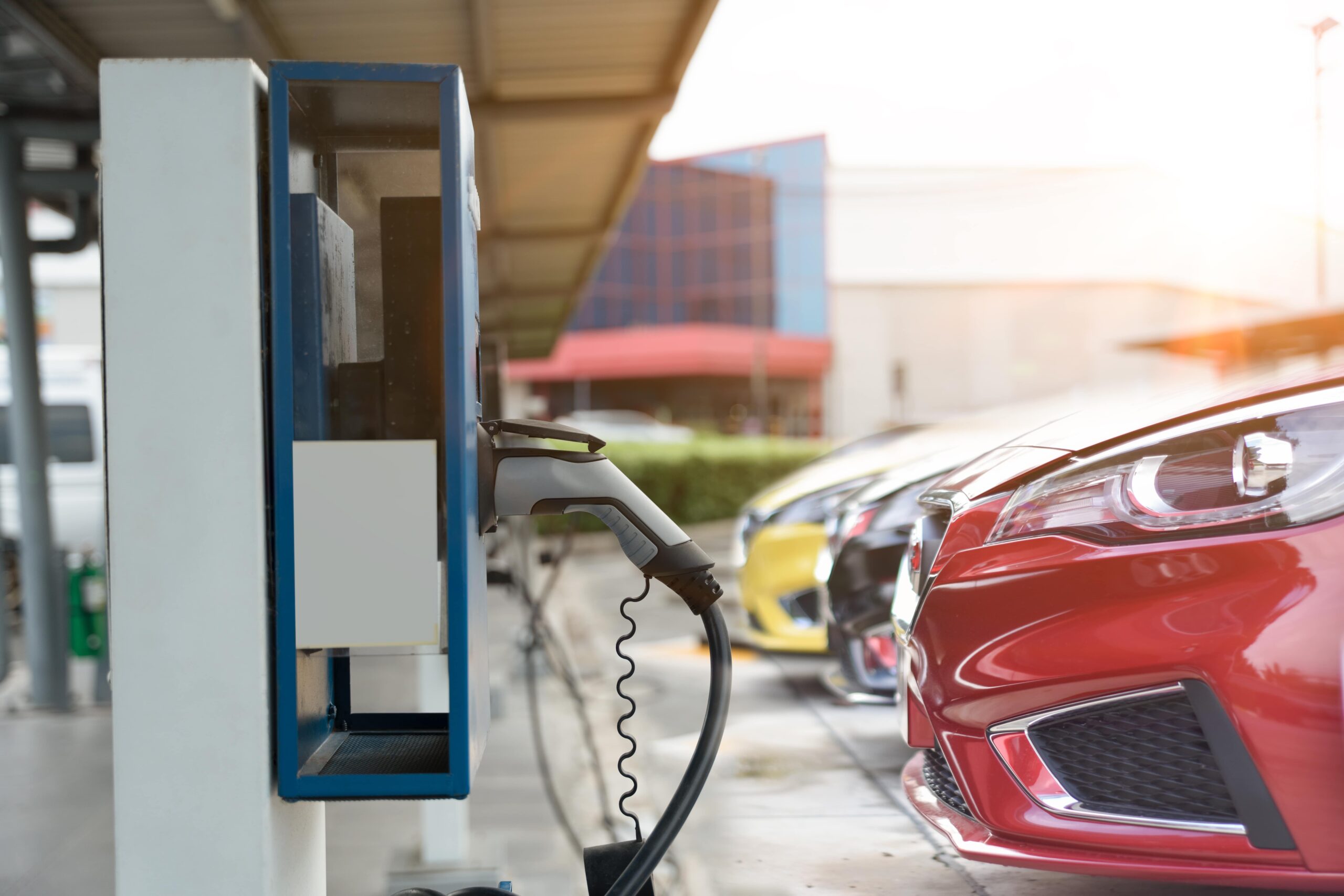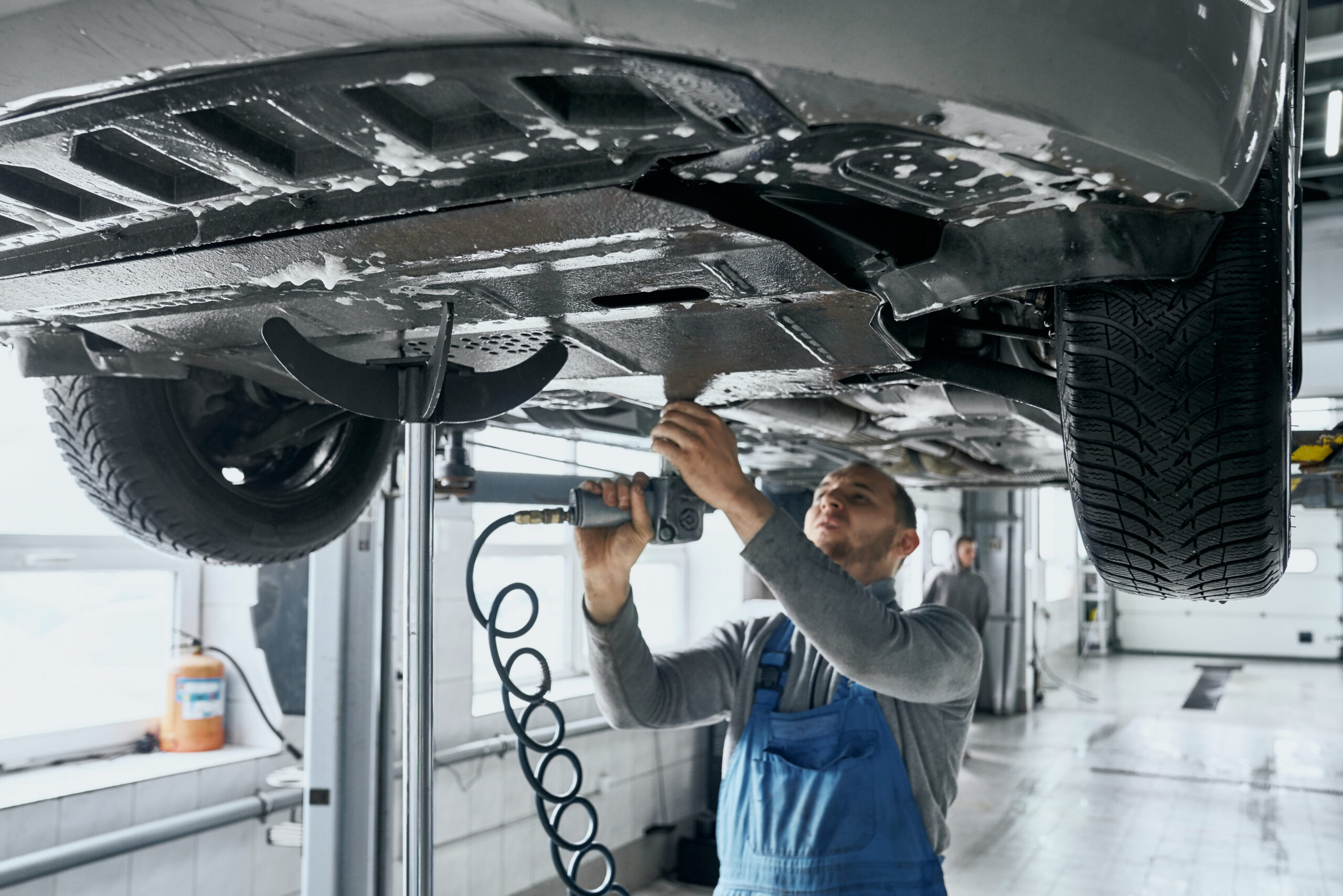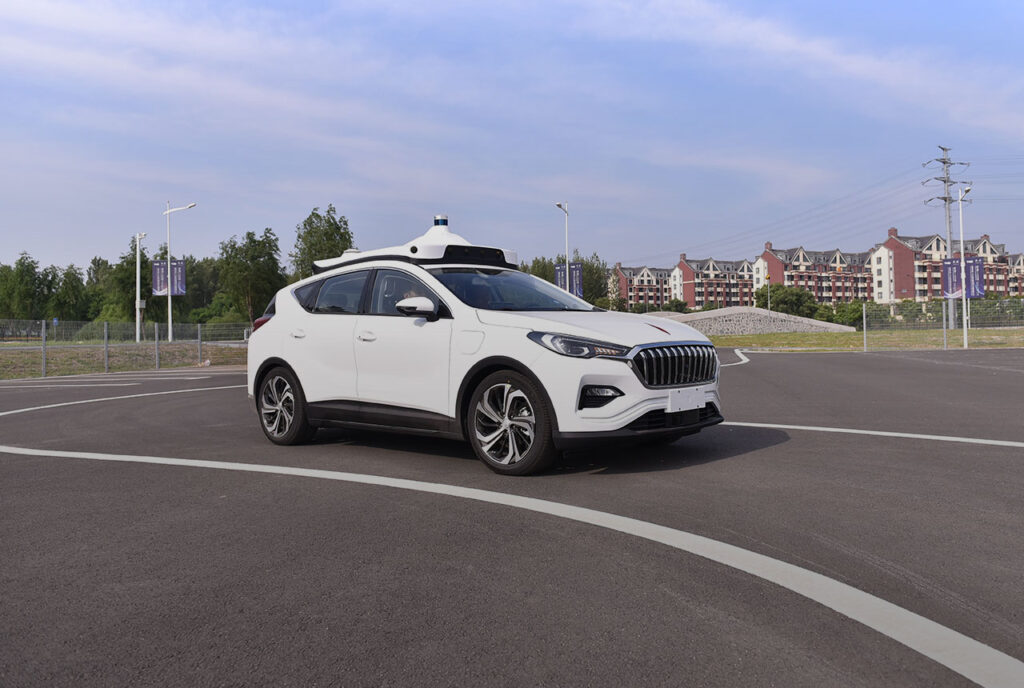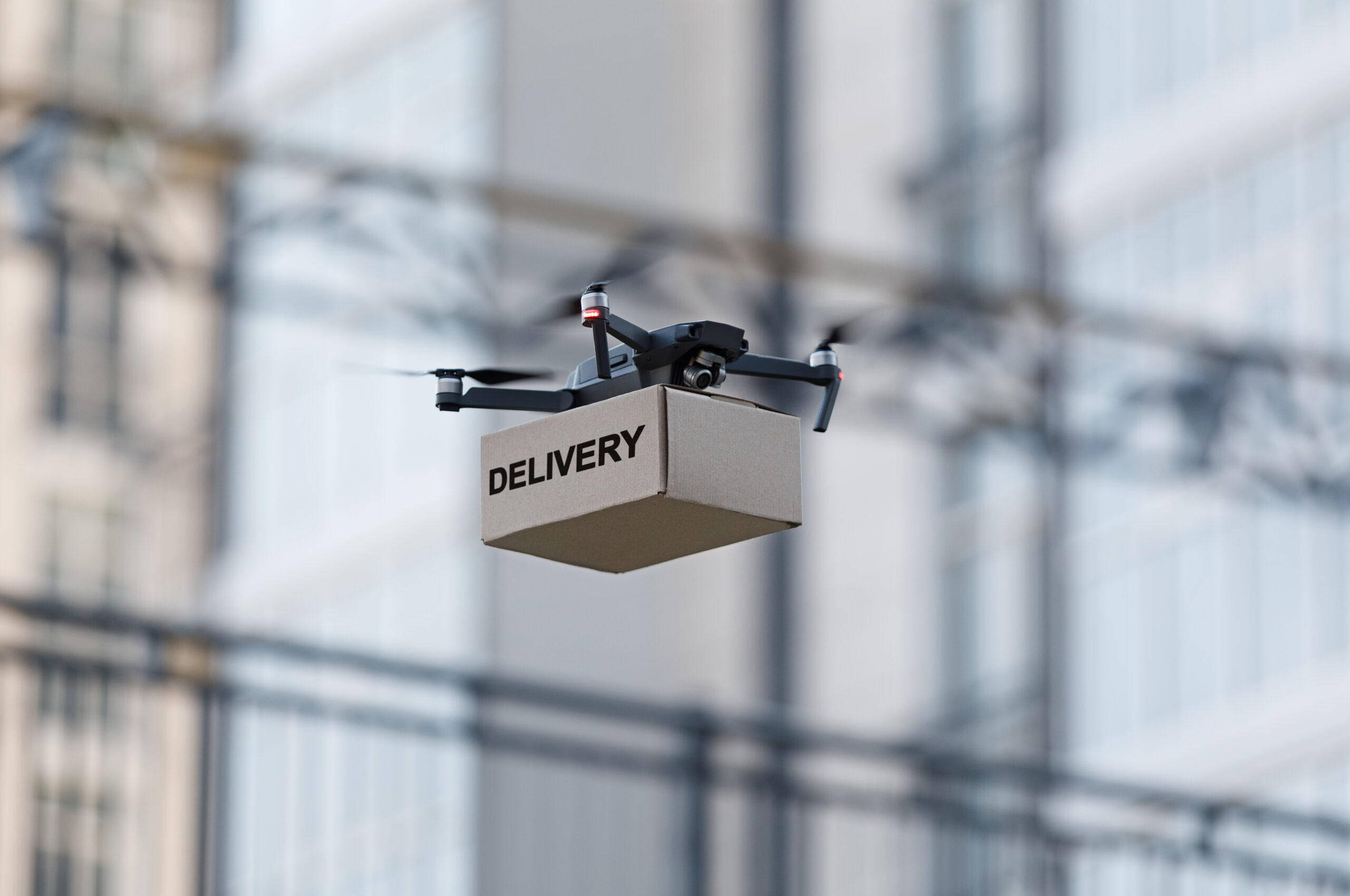Study Finds Workplace EV Charging Could Reduce Reliance On Power Plants

Research published in the journal Cell Reports Physical Science has found that the strategic placement of EV charging stations at the workplace should reduce the need for more power plants as electric vehicle charging becomes more prevalent.
The study analysed data from New York City and Dallas to counter the narrative that the surging demand for electricity caused by the ever-increasing adoption rate of electric vehicles will necessitate more power plants.
Researchers argue that this can be achieved through smart planning and locating charging points in strategic areas. Instead of assuming that most EV drivers will charge their cars at home in the early evening after getting home from work, researchers call for additional workplace charging so that they use electricity when peak loads are statistically lower, and solar generating capacity is high.
“Knowing where to place your companies EV charging stations is a real challenge for the logistics industry” comments Colin Moroz MD at Project Telematics. “Organisations that manage their own vehicles are finding that being able to work this out on their own is a non-starter, how do you establish where is best practical to install EV charge points that works best for your fleet? We’ve taken steps to help; we have a model where we can take basic tracking data and turn that into a plan for moving to EV’s – part of the results show you where your vehicles could take advantage of public charge points and where you would need to install to keep your fleets moving. Even if you don’t have tracking data – we can provide you with some basic low cost units to rent short term to get all that data you need.”
EVs are Billed as the Future but a Potential Skills Gap is Sparking Concerns

The Institute of the Motor Industry (IMI) – a professional association which develops skills benchmarks and qualifications relevant to modern automotive sectors – are concerned that as the adoption rate of alternative drivetrains grows more people will have to enter the workforce with the knowledge to fix and maintain them.
The IMI believe that roughly 16% of technicians in the U.K. currently have the relevant qualifications to work on electric vehicles and that a clear skill gap could form. According to their forecasts the size of this skills gap will leap from 700 in 2029 to 13,100 in 2023 as the current pace of training continues to wane. This will affect the cost of servicing electric vehicles, wait times and possible adoption rates of alternative drivetrains.
“The IMI predicts that the number of IMI TechSafe qualified technicians required to work with electric vehicles by 2030 is 77,000, increasing to 89,000 by 2032. Aligned to Auto Trader Insight predictions, this suggests the skills gap — when there won’t be enough technicians to service electrified vehicles — will appear in 2029.” – IMI
Despite the IMI’s concerns, the UK government is confident that “[the] number of qualified mechanics for electric vehicles in the UK is currently well ahead of demand.”
Ideanomics Subsidiary US Hybrid and Global Environmental Products Begin Manufacturing Zero-emission Street Sweepers for the California Department of Transportation
Global Environmental Products (GEP), one of the world’s leading producers of specialised street cleaning vehicles, are set to manufacture and deliver eighteen zero-emission sweepers to the California Department of Transportation (Caltrans) in the coming weeks as the company ramps up their efforts to decarbonise the public service sector.
“Together, US Hybrid and GEP are taking action to help cities transition some of the biggest, hardest to decarbonize specialty vehicles – like street sweepers – to zero-emission. We are doing this work right here in California, supporting a new generation of green jobs and developing cutting-edge zero-emission technology.” – Macy Neshati, Chief Commercial Office of Ideanomics.
The street sweepers will utilise US Hybrid’s electric and hybrid electric propulsion technology, so that they are capable of sweeping more than 16,000 miles of diverse highways that are situated across the state.
The environmental benefits are numerous – the eco-friendly sweepers eliminate greenhouse gas emissions, in addition to toxic and noise pollution that would otherwise be distributed by their combustion engine alternatives.
To put this into perspective a diesel-powered sweeper emits 90 tonnes of carbon emissions into the atmosphere over its lifecycle. Electrifying Caltrans’ entire fleet of 160 street sweepers will eliminate 14,400 tonnes of greenhouse gas emissions.
Baidu Granted Permit to Operate Fully-driverless Robotaxis in Beijing

Baidu’s Apollo One robotaxi being tested during development. Source: Apollo
Technology company Baidu has received a permit to extend its autonomous taxi (robotaxi) service Apollo One to Beijing. The Chinese government has granted the permit to ten robotaxis following the success of the service in Wuhan and Chongqing, making Baidu the first automaker to offer a fully-driverless taxi that requires no human intervention to operate, in the capital.
Since the permit started Baidu has averaged over twenty rides per robotaxi in the Yizhuang Economic Development Zone where the first set of robotaxis are operating. Their service will initially cover 60km2, which will later expand to cover 500km2 of Beijing if successful.
Baidu’s autonomous Apollo Go service has grown rapidly in popularity over the past year. It surpassed one million autonomous rides last summer (2022) and eclipsed two million rides in January 2023.
Frequently Asked Questions:
A robotaxi, also known as a self-driving taxi, is an autonomous car (SAE automation level 4 or 5) that transports passengers without the need of a human driver, thus making it driverless.






